#Rings of Neptune
Explore tagged Tumblr posts
Text
Palomatic - Trill - vinyl-only reissue of 1995 techno album by Koji Takahashi (I wish I'd discovered it back then instead of just now because I love it, but better late than never)
Feedback Waves — the new imprint from independent label Rings of Neptune — is proud to present Trill, the first and only album by Palomatic. Almost thirty years after its original release on CD in 1995, this beautiful nine-track work is now available on vinyl for the first time. Palomatic is an alias of Koji Takahashi, an active member of the bubbling Japanese electronic music scene of the early-to-mid 90s. Besides his solo work, he was a core member of Takahashi Tektronix (with Nic Yoshizawa) and Mutron (with Kiyoshi Hazemoto, aka Interferon), as well as working as a synth programmer for supergroup Denki Groove. Following the release of his debut track ‘Halo’ on Syzygy Records in 1993, Takahashi made a series of contributions to compilations on the scene-defining Transonic label. His first and only full-length album, Trill, combined these tracks with original material to form an absorbing and versatile standalone statement of the Palomatic sound. From the oscillating lilt of ‘Flutter’, which opens proceedings at a measured 104bpm, through to the symphonic epilogue of ‘Soar’, Trill is rooted in the fertile territory between organic and synthetic sounds — ground that was nourishing the work of many likeminded producers worldwide at the time. West Coast psychedelia and East Coast funk, the moody bass weight of Bristol trip-hop and Sheffield bleep, and the chemical rush of German techno and Belgian trance: with a distinctly Japanese sensibility, Trill drew these strands together into an elegant musical tapestry. The result is timeless — indeed, album centrepiece ‘Foaming Waves’ would sound right at home on the faster-paced dancefloors of today.
#Palomatic#Koji Takahashi#rings of neptune#techno#1995#reissue#90s#electronic#japan#deep house#transonic#Bandcamp
8 notes
·
View notes
Text

Ad Astra (2019, James Gray)
04/11/2024
#ad astra#film#2019#james gray#Science fiction film#76th Venice International Film Festival#united states dollar#Academy Award for Best Sound#92nd Academy Awards#space exploration#solar system#earth#low earth orbit#antimatter#Neptune#Colonization of Mars#mars#moon#Lunar regolith#piracy#lunar roving vehicle#space station#norway#baboon#haunted#Cabin pressurization#outer space#Nuclear weapon#Anaffettività#Rings of Neptune
8 notes
·
View notes
Text

A modern Mellanoid Slime Worm spacecraft, the Ice Giants Explorer. Intended to launch in 2383, it ended up fast-tracked and launched under a completely different mission. It would have explored the four ice giants of the Zwo-Nmu system: Glarpi, Shpler, Euaua, and Flible, with a possible mission extension to distant, never-before-seen planet Schmidt. It's depicted here using its T.E.N.D.R.I.L. (Teleoperated extendible-node robotic interface limb) to deploy one of its many robotic probes to land on a small captured satellite of Shpler, S/2351 S2.
The spacecraft has two main propulsion systems, a fission-impulse drive and a pulsed warp engine. The fission-impulse drive are modified solid-core nuclear-thermal-rockets utilizing subspace field coils on the exhaust end similar to those utilized on starfleet impulse drives. However, the power generation for those impulse coils is provided by a fission reactor, instead of a fusion reactor. This results in approximately a doubling of the specific impulse of the engine while preserving thrust characteristics.
The pulsed warp engine uses a bank of high-density capacitors charged using the fission reactors, to provide short bursts of warp speed. Modern mellanoid transwarp coils can provide speeds of up to warp 5 on the new scale, but are bottlenecked by the power generation and storage rate. As such the pulsed warp drive technology is currently not usable for interstellar exploration, but it does allow for much faster intra-system manuevers. (The bright photon-wakes visible from many astronomical units away, and their associated radiation hazards, are considered an acceptable risk.)

#Mellanoid slime#mellanoid slime worldbuilding#spacecraft#spaceship#ice giant#uranus#neptune#saturn#ringed planet#planetary rings#captured satellited#planet art#space art#rocket#nuclear rocket#liquid droplet radiators
93 notes
·
View notes
Text




#james webb space telescope#astronomy#jupiter#saturn#Uranus#neptune#eagle nebula#sagittarius a#black hole#ring nebula
44 notes
·
View notes
Text
deadass forgot mercury was a planet nobody fucking talk to me
#WHAT ARE THE PLANETS???#mercury. mars.... venus?#saturns the one with the rings right#which one has the big red hole#thats venus right?#neptune... pluto in my heart#uhm. WHAT ARE THE OTHERS#earth ofc#im missing one. which one#URANUS#tzu rambles
17 notes
·
View notes
Text

the cousins ever !!! his shoe is GONE!! 😱
33 notes
·
View notes
Text


Neptune & Triton. Neptune's with its Rings and 14 of its known Moons. Taken by the James Webb Space Telescope. Triton has a surface of frozen condensed nitrogen, which reflects 70% of the sunlight that hits it, making it brighter than Neptune.
316 notes
·
View notes
Text
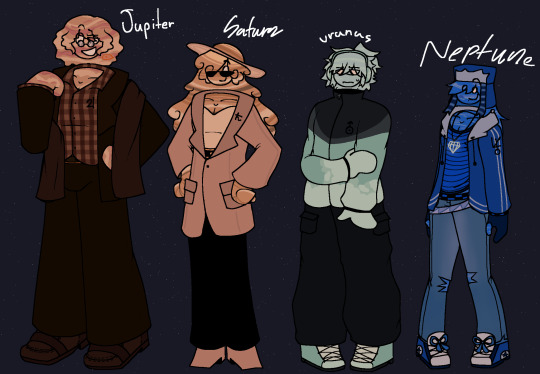
Repost IM GONNA REALLY DO IT THIS TIME also congrats on me 4 rechinf 100 posfs i feel so mentally ill
#solarballs#solarballs art#jupiter solarballs#saturn solarballs#uranus solarballs#neptune solarballs#dont rlly like these#had no ideas 4 these guys#uranus has 2 main outfits#he wears this one when he's BRRR#i wouldnt consider neptune scene#more like he has elements of it#saturn definitely helps jupiter pick out his outfits#speaking of jupiter I HATED TRYING TO THINK OF SOMTHING 4 HIS DESIGN#its okay tho#solarballs jupiter#solarballs saturn#solarballs uranus#solarballs neptune#wanted to incorpate more rings into saturn im gonna kill kyself
64 notes
·
View notes
Text

Ice giant Neptune, its ring system, and its moon Triton in a frame from the James Webb telescope
#Neptune#the rings of Neptune#Triton#James Webb telescope#james webb space telescope#astronomy#solar system#outer space#astrophotography
42 notes
·
View notes
Text
Praetor Rykard, reveals...
Blarghh! Animation practice, I dunno what to put in there so, have fun?
28 notes
·
View notes
Text
Aquara in Dr. Robotnik's Ring Racers

Character : Aquara
Speed : 5
Weight : 2
Color : Sapphire
Link : https://www.mediafire.com/file/1q8wpkuya3jsuo1/KC_aquara-kepler22b.wad/file
Game : https://www.kartkrew.org/
#Dr. Robotnik's Ring Racers#Ring Racers#Aquara#Kepler 22b#Neptune Adventure#Sonic#Sonic the Hedgehog#Racing Game#Screenshots
7 notes
·
View notes
Text
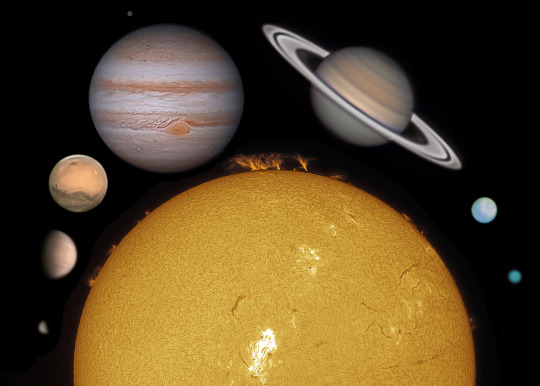
The Solar System // Benjamin Law
The Sun is at the center, surrounded by the planets. From left to right, clockwise: Mercury, Venus, Mars, Jupiter, Saturn, Uranus, and Neptune.
#astronomy#astrophotography#solar system#star#sun#the sun#sol#planet#gas giant#terrestrial planet#rocky planet#mercury#venus#mars#jupiter#saturn#saturn's rings#uranus#neptune
21 notes
·
View notes
Text
It's late I'm tired have some
Unwarranted Opinions on The Solar System
The Sun: solidly middle-of-the-road star. Only really impressive in conjunction with The Moon (see below), but if it ain't broke, don't fix it. 5/10.
Mercury: A pretty uninspired start to the planets, all things considered. Venus does the whole "being hot and close to the sun" thing way better, so I don't really see the point. 0/10.
Venus: Hot, bright, instantly recognizable, and a fascinating counterpoint to Earth. 9/10 only because it doesn't have a nice big moon named Cupid or something - I feel like there was a missed opportunity there.
Earth: This might just be four billion years of evolution talking, but this planet is literally perfect. Dry land and oceans constantly changing shape and thus never getting stale; an atmosphere that filters out most dangerous radiation without being too hard to see through; a functioning magnetosphere; the list of its virtues goes on and on. And even if that somehow weren't enough, I've literally never seen another planet with life on it and that's enough to get Earth an automatic 10/10 for originality.
The Moon: THE best satellite in the entire Solar System and if you disagree we WILL fight. It's a beautiful color, its endless tiny details variably highlighted by its phases mean there's always something new to look at, and it's just the right size and distance from Earth to fully eclipse the Sun and leave only its corona and prominences exposed in the most spectacular display in space or anywhere. If you need me to explain why that makes it THE BEST I will be forced to assume you have no brain. Infinity/10, I am in love.
Mars: Basic details out of the way - I love the color and the extreme geography. Having the biggest mountain in the Solar System counts for something. Besides that, it's thematically fascinating, haunted by the ghosts of what would have been had it been able to hold on to its magnetosphere and atmosphere. I'd give it a perfect score but its dust storms have been unkind to the rovers and I neither forget nor forgive. 8/10.
Phobos & Deimos: stupid useless space potatoes. 1/10 only because Mars will have rings when Phobos finally bites it.
The Asteroid Belt: Meh. 0/10.
Ceres: It may be the only dwarf planet inside the orbit of Neptune, but it's still a dwarf planet. 2/10.
Trojans: Asteroid Belt but "artistic." 1/10.
Jupiter: impressive size, tasteful color palette, and the red spot gives it a bit of intrigue. Too many moons though. 7/10.
The Galilean Moons: fascinating orbital resonance. Shame Callisto won't get with the program. 7/10.
All of Jupiter's Other Moons: too many, and they keep finding new ones, none of which are spherical. Quantity isn't everything, guys. 3/10.
Saturn: the boring color palette is more than made up for, and the excessive number of moons justified, by those SPECTACULAR rings. No other planet has rings that beautiful. Why aren't more planets like this? 10/10.
Saturn's Moons: yeah, some of them have fun little gimmicks, but I really only like them inasmuch as they keep the rings in place. 5/10.
Uranus: the massive axial tilt is refreshingly original and the blue color is easy on the eyes. The lack of rings or memorable moons is a bit of a letdown. A lesser reviewer might make base puns but all the astronomers I know pronounce it differently and the jokes no longer land. 8/10.
Neptune: redundant. 2/10.
The Kuiper Belt: mysterious and full of comets. The Asteroid Belt could never. 6/10.
Pluto: I don't have anything against Pluto itself - the fact that it's so tiny and yet has (at least) five moons gives it a certain charm that a body like Mercury simply lacks. It's the fandom I can't stand. There are three criteria for a body to be classified as a planet, Pluto does not meet one of them, and the sentimental value you place on it and its mistaken former classification does not override this. Any appeal to the perceived injustice of Pluto's classification reveals a deep-seated hypocrisy - I don't see any of you going to bat for Eris. All that said, I will not let this nuisance compromise Pluto's rating. 9/10 for being a funny little guy.
Eris: fun fact, Eris is smaller in diameter but more massive than Pluto. Other than that, I'm not sure what it's got going for it. To be fair to Eris though, neither does anybody else. 5/10.
Haumea: It's an egg with two moons and a ring system. What more could you want? 8/10.
Other Dwarf Planets: Eh. 3/10 for mystery.
The Oort Cloud: the most distant extremity of our Solar System, full of comets and possibility. 10/10.
#unwarranted opinions on the Solar System#risking some controversy#pluto discourse#I will tag this with every object I mentioned and you will not stop me#solar system#astronomy#planets#outer space#space#the sun#mercury#venus#earth#the moon#mars#phobos#deimos#asteroid belt#trojan asteroids#jupiter#galilean moons#moons of jupiter#saturn#saturn's rings#uranus#neptune#kuiper belt#pluto#eris#haumea
9 notes
·
View notes
Text

#adventures in#caelid#i thought getting the unalloyed needle was far away on the horizon#only for me to run smack into commander o'nils (and mildred or whatever her name was) not five minutes in help#i survived both but#i ran into the putrid tree avatar not long after that and uh#bonk#one hit like the knife said#how how how how (hoo hoo hoo hoo)#ølden ring#never before have i had as big of an “oh neptune” moment#than when i clocked mildred launching into something that was pretty unmistakably the waterfowl dance#while i was parked on that tiny little island in a sea of scarlet rot with nowhere to dodge
19 notes
·
View notes
Text
i was at my cousin's birthday party (for children) and they had a trivia but for whichever one got right, they'd get a LOT of money.
so, one of the questions was "which planet has rings?" NATURALLY my dumbass raised my hand and said "neptune, jupiter, saturn, and uranus" BUT the moment i said neptune, the emcee cut me off and said "wrong." BEFORE I COULD EVEN FINISH MY ANSWER. and everyone laughed at me and i was humiliated but she walked away before i could clarify. SO. i spent rest of the night ranting to my cousin about how and why all the gas giants have rings and plotting the murder of this emcee.
very productive night!
#fucking hell#it's like everywhere i go someone's trying to be ignorant#i'm losing it#astronomy#saturn#jupiter#uranus#neptune#do NOT come at me with rhe “only saturn's rings are visible though”#you mean just because WE can't see it it isn't there?#so atoms don't exist?#photons don't exist?#well we can see photons technically but you know what i mean#tagging reidfucker again because thats me#reidfucker#reidfucker nerd rant
8 notes
·
View notes
Text
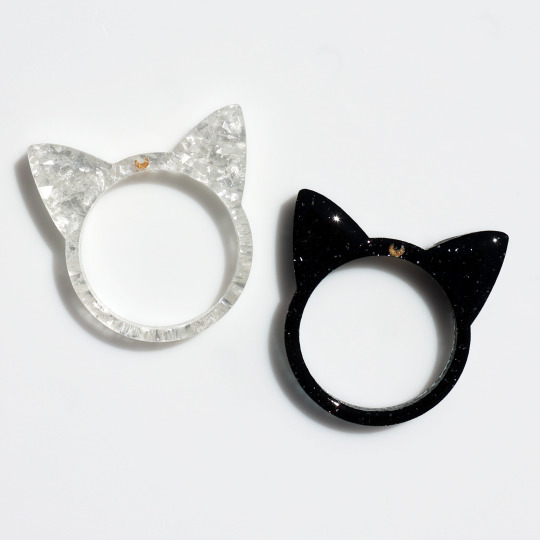
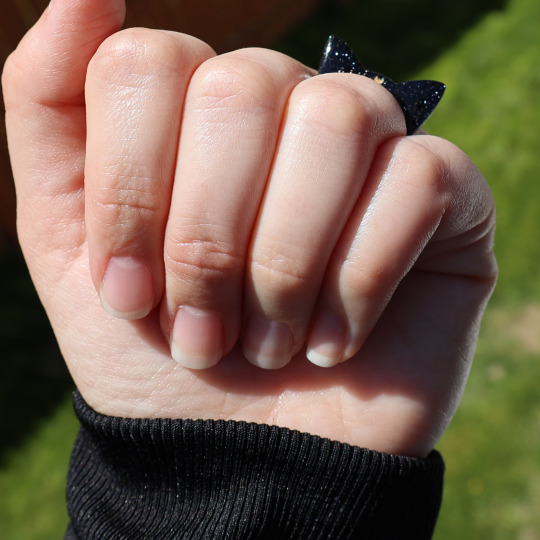
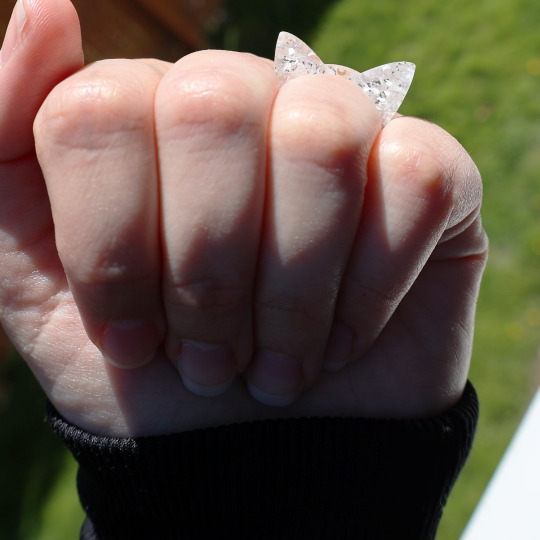
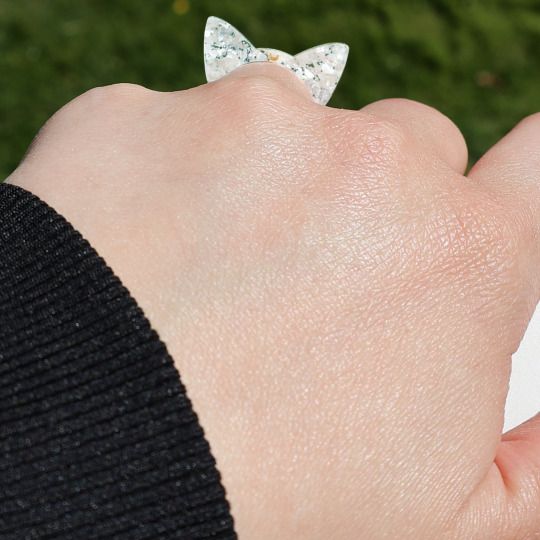
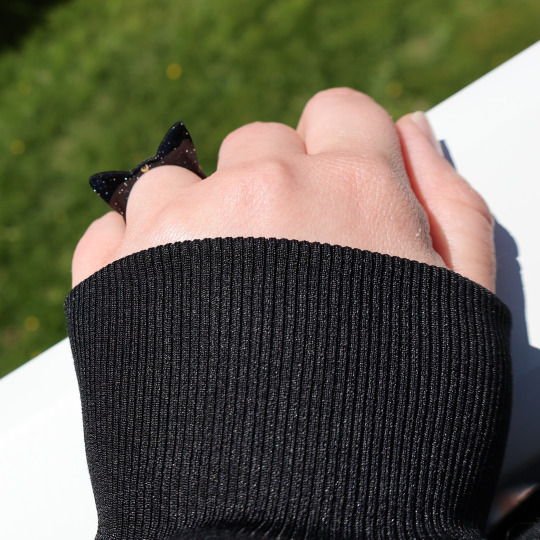
Take a little Luna & Artemis everywhere you go with these fun little Cosmic Cat Rings 💫
Mix & match with your favorite sailor guardian 🖤🌙🤍
Available now in my shop!
#haus of furey#handmade#jewelry#sailor moon#luna#artemis#luna sailor moon#artemis sailor moon#sailor venus#sailor mercury#sailor mars#sailor jupiter#sailor neptune#sailor uranus#sailor pluto#sailor chibi moon#tuxedo mask#usagi tsukino#anime#manga#sailor moon fanart#sailor moon jewelry#pretty guardian sailor moon#pretty#fun#cat#cat ears#cat ear ring#ring#rings
16 notes
·
View notes